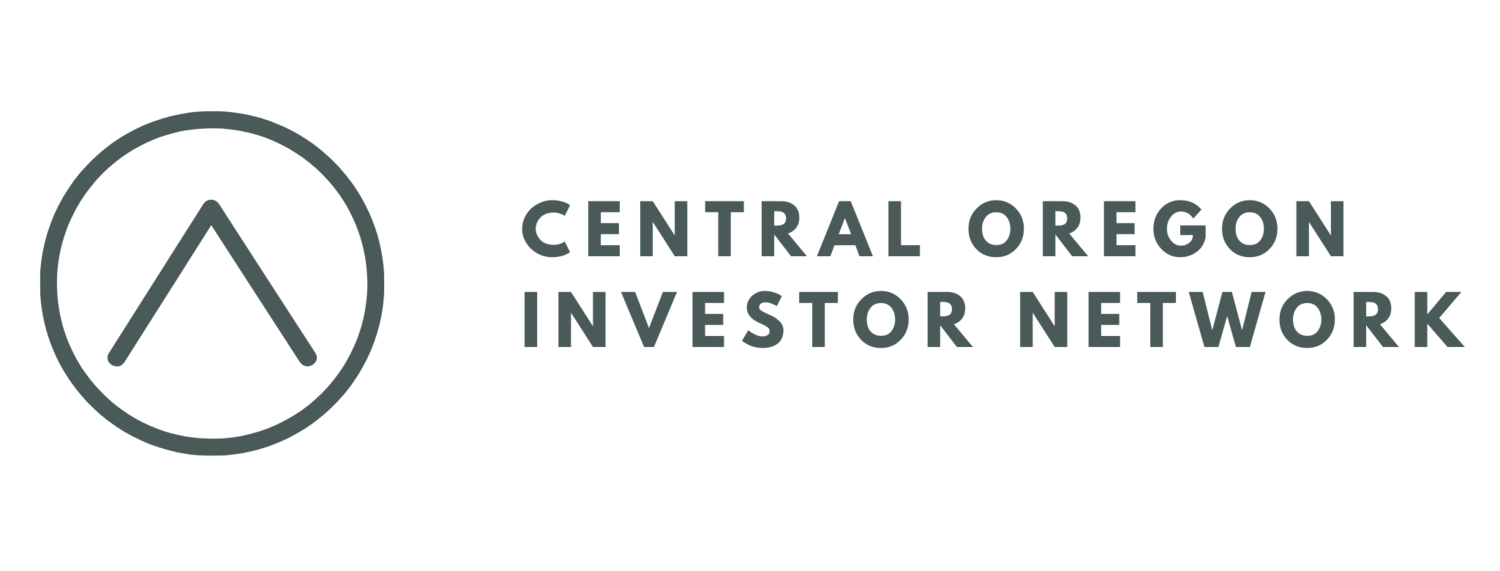Comprehensive Guide to Different Types of Loans for Buying a House
Buying a home is a significant financial milestone, and choosing the right mortgage loan is a crucial part of the process. The variety of mortgage options available can be overwhelming, but understanding the differences between them will help you make an informed decision that aligns with your financial goals and circumstances. In this comprehensive guide, we'll explore the most common types of mortgage loans for buying a house, their features, and when they might be the right choice for you.
1. Conventional Loans
Conventional loans are not backed by the government and are offered by private lenders. These loans typically require a higher credit score and a larger down payment compared to government-backed loans. Conventional loans can be either fixed-rate or adjustable-rate mortgages (ARMs).
When to Consider: Conventional loans are a good choice if you have a strong credit history, stable income, and can afford a 20% down payment, which can help you avoid private mortgage insurance (PMI).
2. FHA Loans
Federal Housing Administration (FHA) loans are government-backed mortgages designed to make homeownership more accessible, especially for first-time buyers. They require lower down payments and have more lenient credit score requirements.
When to Consider: If you have a limited down payment or a lower credit score, an FHA loan can be a suitable option.
3. VA Loans
VA loans are exclusively available to eligible veterans, active-duty service members, and certain members of the National Guard and Reserves. They are backed by the U.S. Department of Veterans Affairs and typically require no down payment.
When to Consider: If you are a qualifying veteran or service member, VA loans offer favorable terms and often do not require a down payment.
4. USDA Loans
USDA loans, backed by the U.S. Department of Agriculture, are designed to help individuals in rural areas become homeowners. They offer low to no down payment options and competitive interest rates.
When to Consider: If you're looking to buy a home in a designated rural or suburban area and meet income requirements, a USDA loan can be a cost-effective choice.
5. Fixed-Rate Mortgages
Fixed-rate mortgages have a constant interest rate for the entire loan term, typically 15, 20, or 30 years. Monthly payments remain consistent, making it easier to budget.
When to Consider: Fixed-rate mortgages are a good option if you prefer stability and predictability in your monthly housing costs.
6. Adjustable-Rate Mortgages (ARMs)
ARMs have an initial fixed interest rate for a specified period, after which the rate adjusts periodically based on market conditions. Monthly payments can fluctuate, potentially increasing over time.
When to Consider: ARMs can be beneficial if you plan to move or refinance within the initial fixed-rate period, as they often offer lower initial interest rates.
7. Jumbo Loans
Jumbo loans are used for high-priced homes that exceed conventional loan limits. They typically have stricter credit requirements and may require a larger down payment.
When to Consider: If you're buying a luxury or high-value property, a jumbo loan is necessary to finance the purchase.
8. Interest-Only Loans
Interest-only loans allow you to make lower monthly payments by paying only the interest for a specified period. After that, you'll start paying both principal and interest.
When to Consider: Interest-only loans can be suitable for borrowers who expect their income to increase significantly or those who plan to sell or refinance the property before the interest-only period ends.
9. Balloon Loans
Balloon loans have low monthly payments for a fixed period, often five to seven years. At the end of this period, the remaining loan balance is due in a lump sum, which may require refinancing or selling the property.
When to Consider: Balloon loans can be a temporary solution for borrowers who plan to move or refinance before the balloon payment comes due.
10. Home Equity Loans and Home Equity Lines of Credit (HELOCs)
These loans allow you to tap into your home's equity. A home equity loan provides a lump sum, while a HELOC acts like a credit card with a revolving credit line.
When to Consider: Home equity loans or HELOCs can be useful for funding home improvements, consolidating debt, or covering major expenses.
Conclusion
Choosing the right mortgage loan is a critical step in the homebuying process. Your decision should align with your financial situation, goals, and future plans. It's essential to explore the various loan options available and work closely with a mortgage professional to find the best fit for your specific needs. By understanding the features and requirements of different loan types, you can confidently embark on your homeownership journey.
